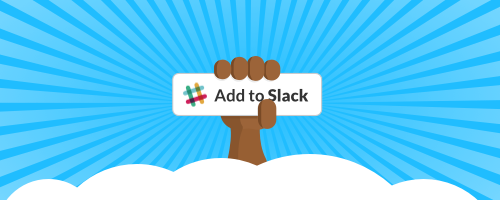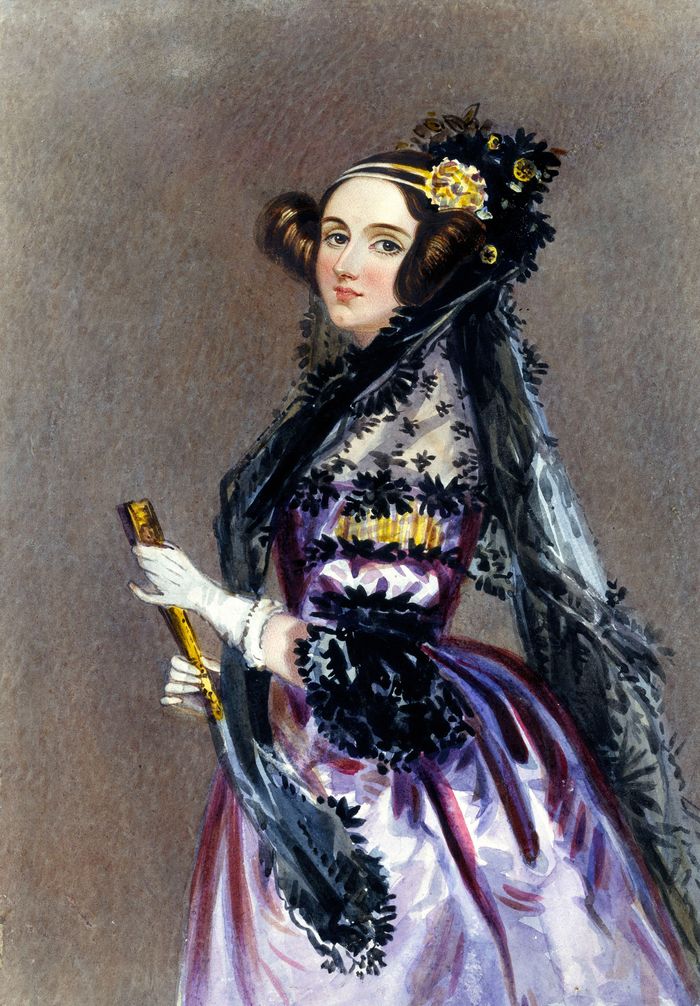In Spring 2014 I was driving through Boston on my way to visit family in New Hampshire. I started researching what some good lunch options might be along the route we were taking and decided to try out a new app I’d just installed called Jelly. It’s kind of like an instant, mobile app version of Quora: you can ask the app a question that gets broadcast out to your friends and friends-of-friends. Then, within a few minutes, answers are beamed back to your phone. Presto, I can get local recommendations for a lunch spot!
I’d recently finished reading Ethan Zuckerman’s Rewire. The book discusses how the scope of information we encounter—what ideas we’re exposed to—is limited by the boundaries of our pre-established social networks, an important aspect of the filter bubble phenomenon. I was thinking about how my lunch scenario fit into what I’d just been reading, me leveraging my social connections to solve the most first world of problems. And then this notification unexpectedly pops up on my phone, instead of the lunch tip I was waiting for.
Oof.
This was a notification from Josh Begley’s Metadata+, another app I’d recently installed. The app has a vague name, but its purpose is very particular. Whenever details emerge about a U.S. drone strike, it broadcasts a notification (also available via the Twitter handle @dronestream). It’s an invited interruption, a gentle reminder about how interconnectedness also includes 67-year-old midwives from North Waziristan.
Begley’s app is a great example of critical design. The first, and most obvious critique, is of the U.S. Government’s reliance on drone strikes abroad. The experience of living with this app shows just how infrequently we’re reminded that we are still at war, going on 14 years as of next Wednesday.
The other critique is about the capricious power Apple wields over digital culture. The name Metadata+ was chosen to obfuscate its purpose from app store reviewers, who rejected it repeatedly saying it was “not useful or entertaining enough.” Both Apple and Google have the last word on what software is deemed legitimate enough to install on a mobile phone. And as mobile phones increasingly become a default computing platform, it’s not hard to see the danger involved with censoring apps on the basis of political sensitivity. We’ve ceded control over the boundaries of permissible thought to corporate entities.
Which brings us to this past Sunday, when Apple decided to remove Metadata+ from the app store because of “excessively crude or objectionable content.”
Apple has a long and storied history of arbitrarily applying its decency policies to reject apps. As Sam Biddle has pointed out in Gawker, there are many, many other apps of questionable value that get approved all the time. It’s both a matter of inconsistency, and that political speech is being confined to those computers that happen to have keyboards and file systems.
But the larger issue, as pointed out by Zuckerman in his book, isn’t necessarily about what information is available to us, but rather that we care enough to seek it out. The removal of Metadata+ is about not being able to imagine why you’d want such a thing. And the extent that companies cater to our desires to be endlessly amused by safe and familiar material. We need these gatekeeper corporations to treat us more like digital cosmopolitans, to use Zuckerman’s phrase.
I was glad to learn from the Gawker piece that Begley is one step ahead of Apple on this one. He’s already released an identical version of the app, just with a different name: Ephemeral+.
Download it before it’s censored. Update: that one got pulled too.
Also, I highly recommend Life Alive for lunch, it’s a lovely vegetarian place in Salem, MA.



